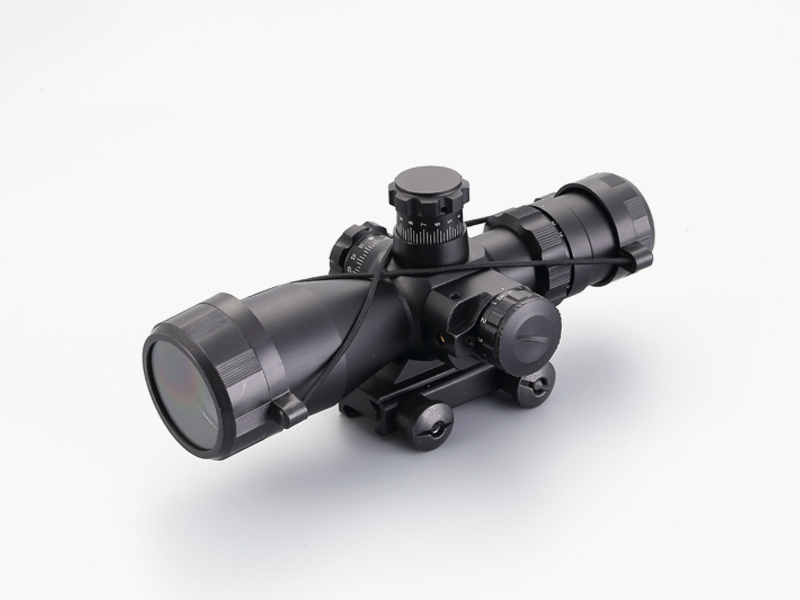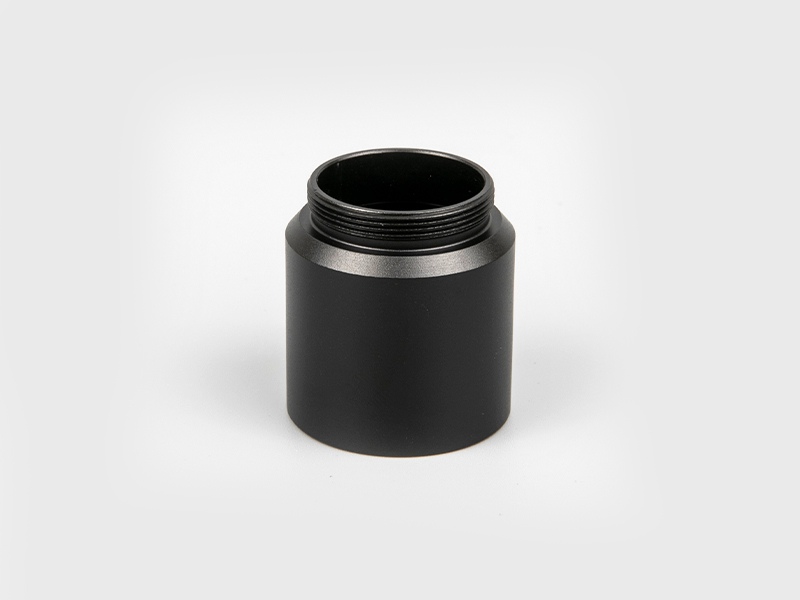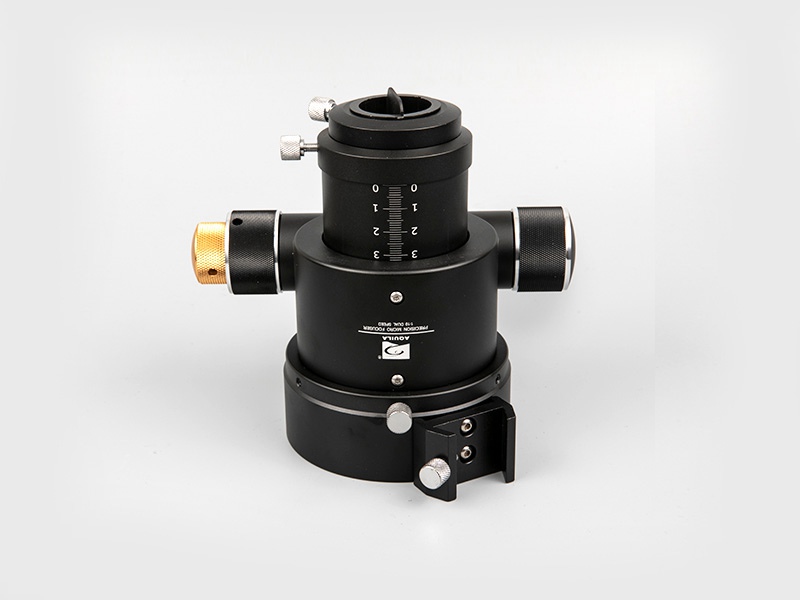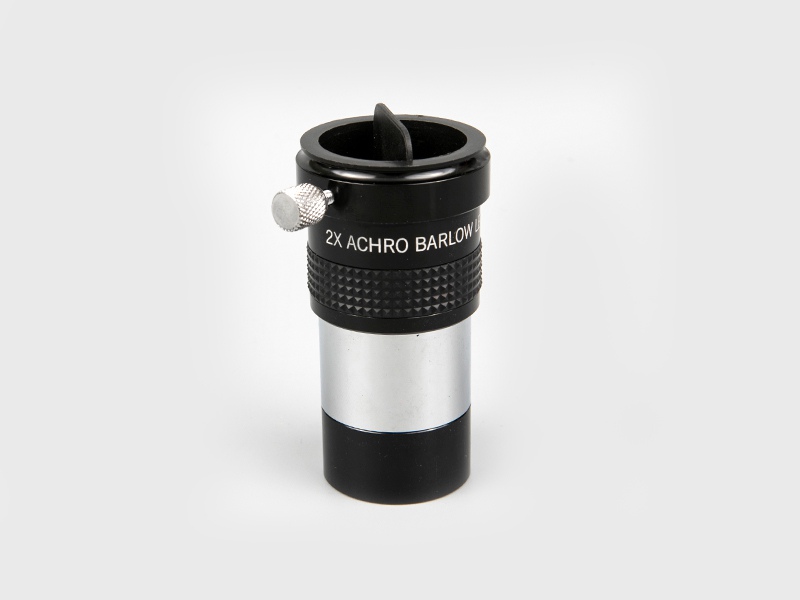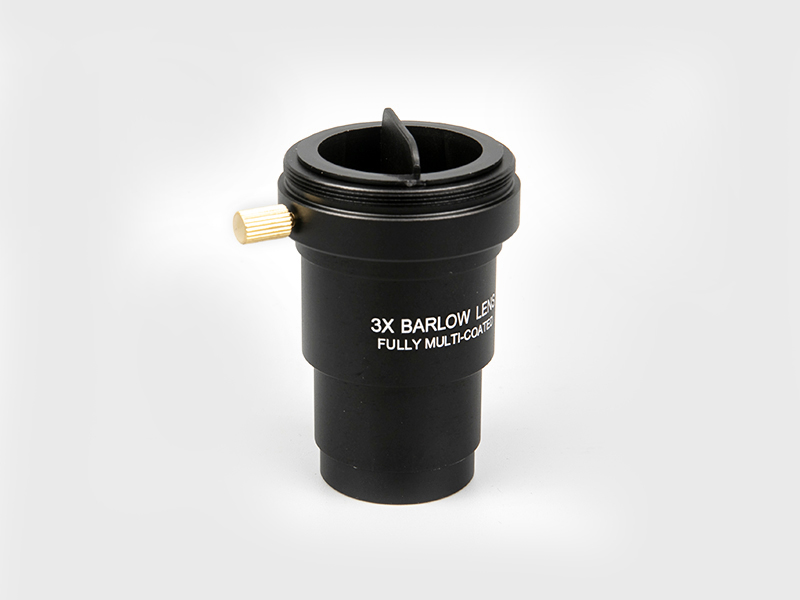Misunderstanding 1: High power is premium goods
Appropriate magnification is good. For handheld, if you don’t use the image stabilizing telescope, according to most people’s handheld stability and general use, 6-10 times is more suitable, special circumstances need to be lower (such as watching the show at close range) or higher (Fixed observation of distant targets) multiples.
However, binoculars are restricted by the laws of physics. High magnification requires a large objective lens aperture to cooperate. Brightness is the premise and guarantee of clarity. Generally, 12*50, 12*60, 15*60, 15*70, 20*60, 20*80, 25*100, 40*100 are more reasonable matching of objective lens aperture and magnification.
Misunderstanding 2: Military products are premium products
For underdeveloped countries, this is sometimes the case, but if you look at the world, the development trend of military conventional telescopes is mid-range performance and low-end prices. Moreover, modern military telescopes will lose some light transmittance due to the need for laser protection. The so-called laser protection means that a layer of laser protective film is plated on the objective lens, which can reduce the damage to the observer's eyesight caused by the laser entering the telescope.
Misunderstanding 3: X-coated telescopes are good
For non-special-purpose optical instruments, the function of coating is to reduce reflections. Single-layer antireflection coatings are generally blue-violet. Multi-layer coatings may be green, blue, red, etc. due to different technologies. The sign of judging whether the coating is good or not is Reflectivity, the darker the reflection, the better, not the color. Needless to say, the common bright red film.
Misunderstanding 4: A large aperture also has a large field of view
Comparing the parameters of various telescopes, you will find that for telescopes of the same magnification, the larger the aperture, the smaller the field of view. However, the performance of a telescope cannot be simply evaluated by the size of the field of view, and the field of view of modern advanced telescopes is generally not large. The ultra-wide-angle design of the telescope has gone down the line since the 1950s.
Myth 5: Telescopes can amplify brightness
The unit of brightness is nits, which is a unit similar to pressure, so it is not suitable for point targets. Telescopes and any purely optical instruments cannot amplify brightness, except for electronic amplification devices such as night vision devices. No matter how advanced the coating is, it can only reduce light loss as much as possible, but cannot add additional light (transmittance more than 100%), and the larger diameter of the telescope collects more light, which will also be offset by the magnification.
Myth 6: How far can the telescope see?
It depends on the target. The naked eye can see celestial bodies millions of light-years away, but it can't see a microbe in front of them. Hand-held telescopes cannot be improved indefinitely due to their size, weight, and jitter. The imaging quality is the most important thing.

 English
English 日本語
日本語 Deutsche
Deutsche España
España
